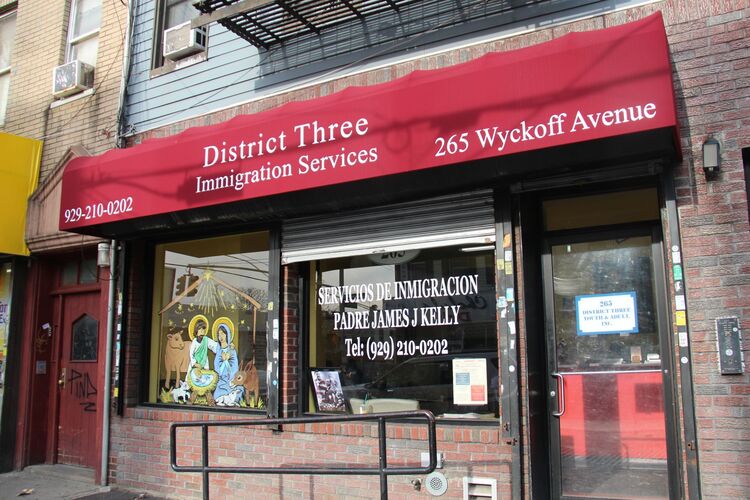Like me, many young Irish people considering university options at this time of year will no doubt have mulled over the fantasy of university abroad. There's the most likely option of the nearby UK, or the ever appealing Dutch and German universities which teach in English, and perhaps at a real stretch, college in America.
Even after a few hours of research the challenges faced on the road to university in America become dishearteningly apparent. Tuition fees are placed at preposterously high levels to the point of being beyond the reach of most, and are many times higher than what can be found in Ireland, where it's free, or in the UK, up to $14,000 a year.
Top that off with the limited number of scholarships available to foreigners and the financial hurdle becomes a dream crushing truth unless one's family has recently uncovered an untouched reservoir of oil.
New York University, for example, offers no scholarships to the overseas applicant and will expect one to pay some $50,000 dollars a year in tuition, fees and living expenses.
Prospective international students will also have to contend with Standard Aptitude Tests (SATs), for which they are likely to be fairly unprepared for and will receive little in the way in assistance in preparation for these tests.
The figures make for grim viewing and essentially end any hope of reaching the United States before the age of 21 and experiencing full college life.
However, it's not only on the college front that potential additions to the Irish American community are floored by financial and legal headaches.
I was informed of the difficulties faced by a distant relative who recently moved to work in the U.S. and was advised by many potential employers to simply marry an American, the easiest way it seems, to become a permanent resident of the United States.
She is currently on an internship at a law firm with full time employment opportunities at as much of a premium as they are in Ireland.
The green card is, of course, another popular alternative and certainly the most desirable but it has the individual competing with millions of other applicants with the overbearing reality being that one has as much chance of success as in a national lottery.
With emigration from Ireland spiking as a result of the crash of the Celtic Tiger, America, unsurprisingly given the aforementioned, is no longer the top destination for Irish emigrants.
According to the Irish Central Statistics Office, of the 76,300 people who emigrated from Ireland in 2011, just over 4000 left for America while nearly 18,000 immigrated to Australia.
With all the red tape and financial challenges posed by life in America, Australia has become the number one destination for Irish immigrants. This development is in marked contrast to the history of Irish emigration, a story of millions who left for America in the 19th Century and first half of the twentieth.
Those looking to leave Ireland now for a better life are forced to reassess the old favorite, that of starting anew somewhere in the fifty states. Quite simply, it seems as though legal immigration is so unnecessarily difficult that it deters the sort of immigrants a country would benefit from.
Indeed, illegal immigration to America seems the easier option, which makes one wonder why on Earth this is allowed to be the case? Surely the best way to tackle illegal immigration is to make legal immigration easier and more efficient so America can gain individuals who will positively contribute to its economy and society.
Such a vast decrease in first generation immigrants from Ireland can only negatively impact the Irish American community as a new
generation of Irish emigrants look for greener pastures in Australia and elsewhere.
County Down-based Aidan McGrattan is a high school senior.









